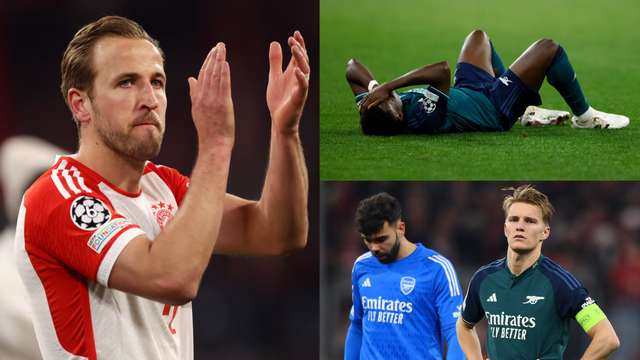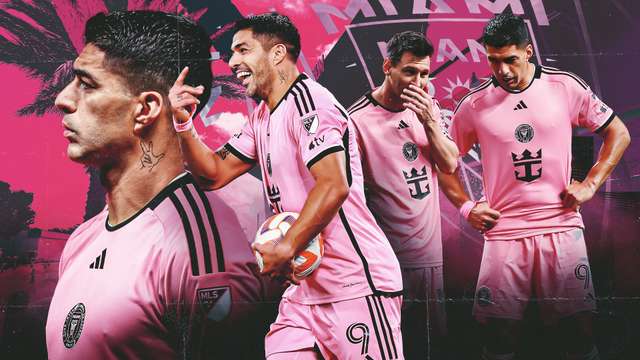Going beyond the boundaries of rival teams, men were crying, hugging one another. The now demolished old stadium had nearly 60,000 visitors attending. Among the guests were members of star rock band Tube at the grand opening ceremony with colourful lasers flashing upon the pitch.
J.League was born on May 15th, 1993 and the special match opening match was Verdy Kawasaki against Yokohama Marinos. Among the 22 members of the starting lineup were the veteran players who had supported the league since the preceding Japan League days.
The long awaited day to finally play in the era of professional football had come to players such as Kato Hisashi and Satoshi Tsunami of Verdy Kawasaki, and Kazushi Kimura and Takashi Mizunuma of Yokohama Marinos. The kick-off time of 7:30 p.m. was aligned with the airing time on FTA on national broadcasting channel NHK.
19 minutes into the game, Verdy’s forward Meijer scored a goal with his right foot from the left side, outside of the penalty area. This was a magnificent 25-metre shot into the diagonal line, making it the commemorative official first goal of the J.League.
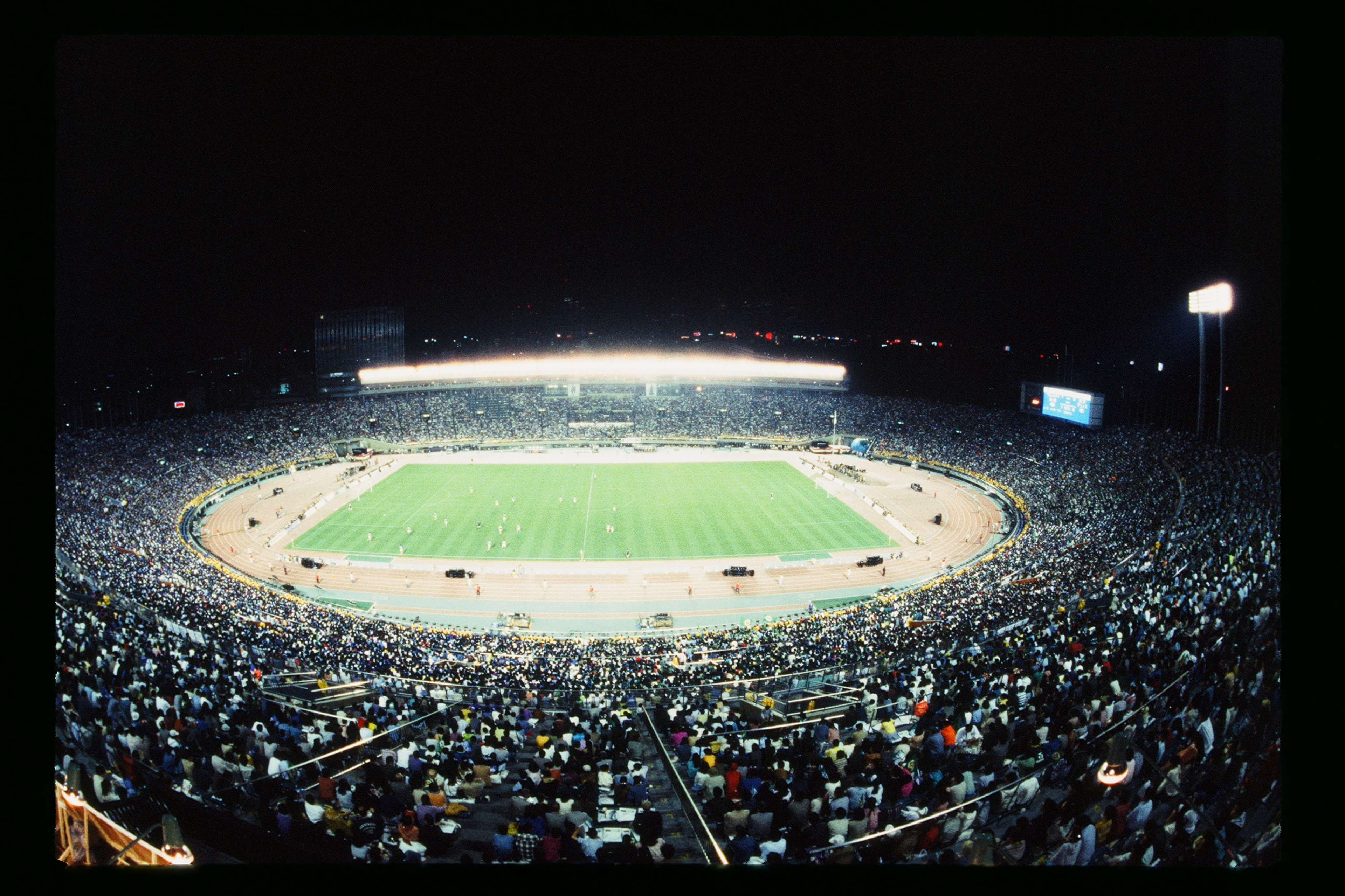 J League
J League
The Marinos started their attack from the second half of the game. They equalised in the 48th minute and an early contender for leading scorer, Marinos forward Díaz knocked the winning goal in the 59th minute. Interestingly, Díaz returned to Japan this year in November for the second match of the Asian Champions League (ACL) finals as the coach of Al-Hilal Saudi FC when they came up against Urawa Reds, who went to become Asia’s champions for the first time in 10 years.
10 clubs competed in the 1993 season of the start of J.League. The so-called “Original 10” mainly consisted of the first division Japan League clubs. In the late 1980’s, the two teams of the double powerhouse era were highly popular Yomiuri Club (Verdy) and Nissan Motors (Marinos) which were selected as the teams to take part in the opening match.
Out of the remaining eight clubs were Urawa Red Diamonds (Mitsubishi Motors), JEF United Ichihara (Furukawa Electric), Yokohama Flugels (ANA), Nagoya Grampus (Toyota), Gamba Osaka (Matsushita Electric), Sanfrecce Hiroshima (Mazda) which were all from the first division of the last Japan League but there were two teams noticeably different.
The Sumitomo Metal Industries football team joined from the second division and Shimizu S-Pulse was a citizens club without a preceding team. The former team is currently known as Kashima Antlers which became a powerhouse in a short period of time thanks to the strategic reform by ex-Brazil national team player and legend Zico, who returned as an active player.
The title contenders of the Suntory series (first stage) were Verdy and Marinos. However, the Antlers won the championship with unparalleled strength starting from the opening game. On the other hand, Verdy made a come back in the NICOS series (second stage) by winning the game against the Antlers in January 1994 championship, making them the first champions of the J.League.
As written above, (the ‘Suntory series’ and ‘NICOS series’), J.League had adopted a two-game two stage round-robin tournament schedule. In the 1993 season, each team had 36 games just for the league games. In 1994, the year when Jubilo Iwata and Bellmare Hiratsuka were promoted, the number of games increased to 44 and when Kashiwa Reysol and Cerezo Osaka were promoted in 1995, there were 52 games.
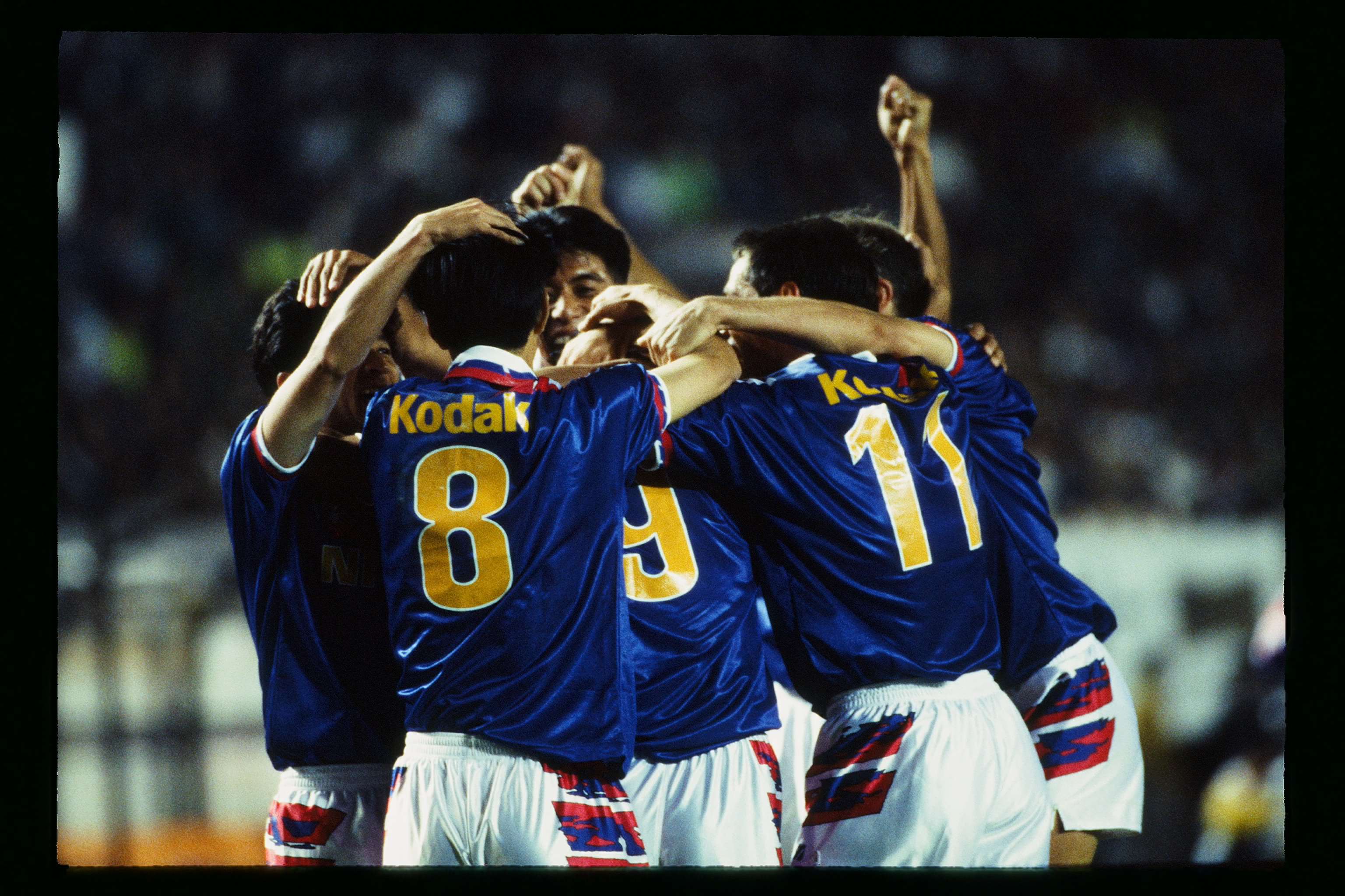 J League
J League
However for the purpose of making the game simple, games was were extended if it was still tied after 90 minutes. Also, the V-Goal match system was adopted where the game ends as soon as a goal was scored. In cases where it was still a tie after 30 minutes of extra time, a penalty shootout took place. Both physically and mentally, players were put under tremendous pressure during the early days.
Still, the motivation of players to play in front of a large crowd was very high. Back then, matches were frequently aired live on FTA and as a result of increased media exposure, this contributed to the beginning of the so-called "J-League bubble". Star players like Kazu (Kazuyoshi Miura) and Rui Ramos were the centre of Verdy's fixtures and created a social phenomenon where tickets were difficult to obtain.
However, the trend didn’t last for long. The ticket frenzy soon ended from the 1995 season which was a result of Japan’s economic stagnation. By the end of the 1998 season when Japan first played in the World Cup, the unthinkable started to occur.
Yomiuri Shimbun from Verdy, Fujita from Bellmare, each of the main corporate sponsors announced they were withdrawing their sponsorship. Sato Industry withdrew from Flugels, and ANA which was a joint investor had slipped into the red, making them unable to operate the club on their own.
 J League
J League
They had made a difficult decision to merge with Marinos, sharing the same home town of Yokohama City of Kanagawa prefecture. Many supporters strongly opposed to this as this meant a d facto end of the team. A nation-wide petition was started which was supported by all players including national team members such as Seigo Narasaki and Yasuhiro Yamaguchi. 620,000 people signed to support the petition, however, the team’s merging could not be overturned.
After the Flugel merger became known, the team won four league games and five Emperor's Cup All Japan games, registering nine wins in total. Their opponent in their come-from-behind win on January 1st 1999 was the winner of the J.League opener on May 16th 1993, Shimizu S-Pulse. Their dramatic disappearance after the miraculous win and their history will be remembered, with the new team name Yokohama F.Marinos, inheriting the letter F of Flugel.
 J League
J League
The 2002 World Cup was coming up which was going to be co-hosted with South Korea, and was the first to be held in the Asia continent. In a situation where the J.League was in a crisis, the founder chairman of the J.League, Mr. Saburo Kawabuchi had encouraged clubs for a more “realistic (down to earth) club management”.
Since 1993, Verdy had achieved a winning streak but the team had faced the resignation of high salary players one after another. Kazu had left for Zagreb Croatia in the beginning of 1999. This was an end of an era and teams were required to develop an attitude towards the management system which was grassrooted into the community, having philosophy and values.
However, there were increase of teams aiming to become part of the J. League at an incredible speed. In 1996, Kyoto Purple Sanga and Avispa Fukuoka joined. In 1997 it was the Vissel Kobe, then in 1998 Consadole Sapporo was promoted from the Japan Football League (JFL) which was the so-called minor league.
J.League surpassed the maximum of 16 teams which they had previously set and there was an increase of associate teams looking to be promoted. In this situation, J.League decided to implement a J1 and J2 system. In order to increase the J1 to 16 clubs, they hosted a J1 play-off promotion match in the November of 1998.
The participating teams were JEF United, Consadole, Vissel and Avispa which finished in the lower half of the standings in the 1998 J.League season and also Kawasaki Frontale which was a team that met the conditions in JFL. Consadole and Frontale were defeated and named to the newly organized J2.
In the 1999 season, which was the first year of the J2 season, 10 names were among the participants. Along with Consadole and Frontale, Vegalta Sendai, Montedio Yamagata, Omiya Ardijya, FC Tokyo, Ventforet Kofu, Albirex Niigata, Sagan Tosu, Oita Torinita have all experienced the J1 by now. Out of the so called the “J2 Original 10,” Frontale has become the first team to win the J1 in the 2017 season.
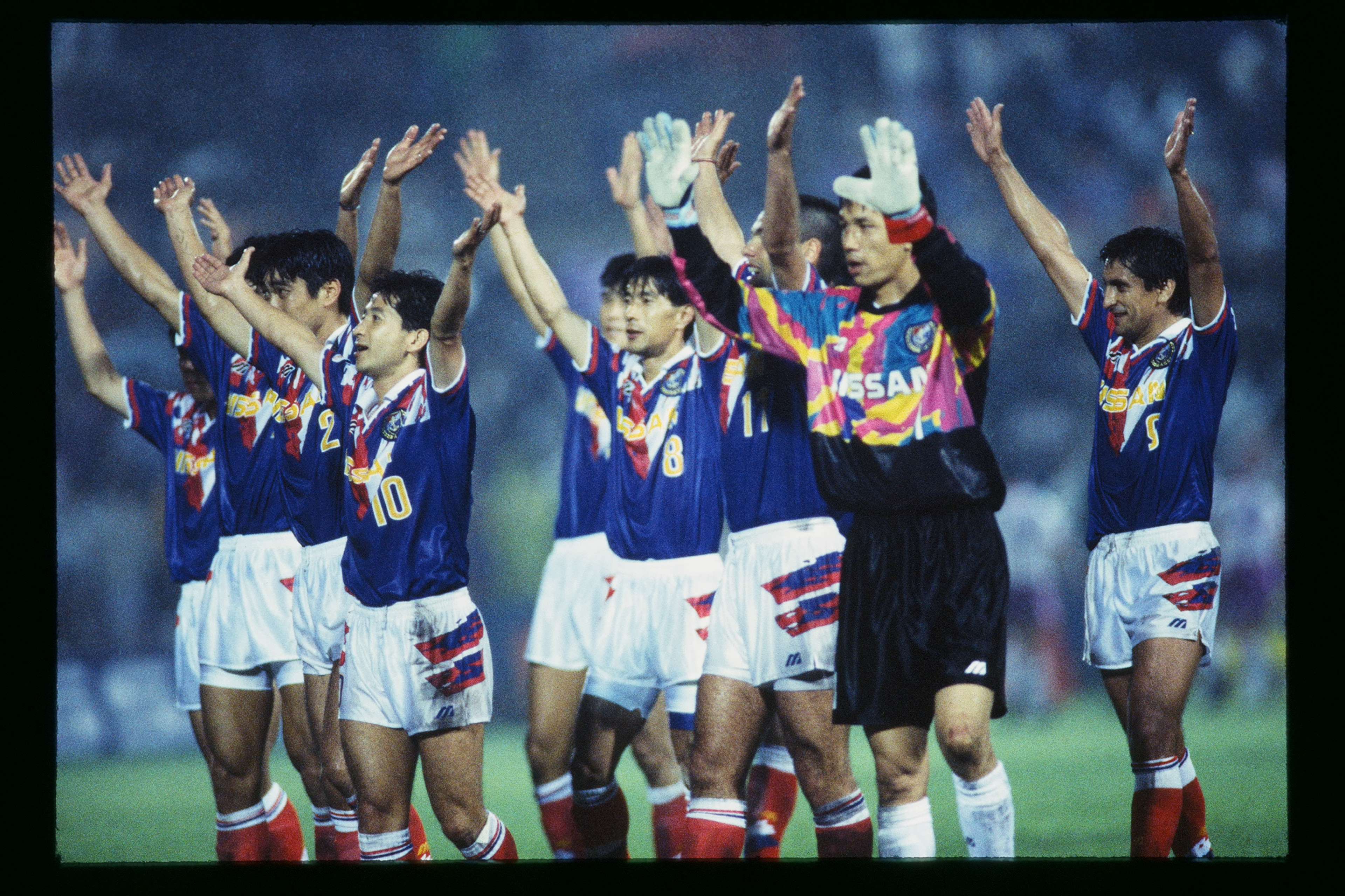 J League
J League
Looking back at J1, the two teams that had an unwavering philosophy became the powerhouses of the league. During the seven seasons from the 1996, Antlers and Jubilo possessed the league championship. As Antlers captured four titles with Jubilo owning the other three, the approach towards strengthening was contrasting among the two clubs.
Antlers have continued to follow the roots that Zico developed in the early days which is a close resemblance from the Brazilian national team and continues to acquire players that fits the 4-4-2 system. They were able to develop a golden era adding both side backs Naoki Soma, Akira Narahashi, and also forward Atsushi Yanagisawa with Brazil national players Leonard, Jorginho who idolized Zico along with the orginal players in defender Yutaka Akita and midfielder Yasuhito Honda.
Newcomer from the 1994 season, the promoted Jubilo acquired Brazil national team captain and leader Dunga. As he added the mentality of a winner to the team along with players that were already mentally independent in forward Masashi Nakayama, midfielders Hiroshi Nanami, Toshiya Fujita, Toshihiro Hattori, Takashi Fukunishi, and defender Makoto Tanaka, they were able to compete with Kashima Antlers.
They fought unforgettable matches in the championship in 1997, 1998, 2001 season and all six games were thrilling to the end. Along with the battle between Akita and Nakayama in front of the goal, the games are engraved in the history of the J.League. As the Antlers entered into a transition of generations periodically, Jubilo lost the players that led them to glory and entered into a long suffering era.
From the 1999 season, penalty kicks were abolished and draws were implemented and from the 2003 season, the extra time was taken away. That resulted in determining the real strength of each J1 club. Also after the 2004 season in which Yokohama F. Marinos captured the championship led by former Japanese national team manager Takeshi Okada, the two stage format came to an end.
From the 2005 season, it turned into a long one year battle of 18 teams playing in a home and away format which resulted in the battle of number of teams competing for the top. Out of all the battles, the finish of the 2005 season still remains in the memories of the fans and supporters.
Cerezo Osaka stood at top when the kickoff took place at 2pm. However Gamba was behind by a point and Reds were another point behind with Antlers and JEF United also in the mix. In a situation where five teams still remained in the hunt for the championship game, Cerezo were leading 2-1 against FC Tokyo and game entered into the extra time in the second half.
The 44,000 supporters that filled the home stadium of Nagai were all counting down for the anticipated first title. Then the nightmarish equaliser was netted right before the 45-minute mark by FC Tokyo’s Yasuyuki Konno.
The team screaming for joy was Gamba which defeated Frontale, 4-2 on the road. Gamba led by current technical director of the Japan Football Federation, manager Akira Nishino played an offensive style to capture its first ever title. Since all three clubs captured a victory, Cerezo ended up falling all the way down to fifth place to end the season.
Until the two stage format returned in 2015 season, there have been five teams that captured its first ever title within the 10 years. Always filled with supporters in the stands, the Reds captured the first ever title in 2006 and followed up in the 2007 season with the ACL title. They started the journey of becoming big club that represents the J.League.
Midfielder Mitsuo Ogasawara and goalie Hitoshi Sogahata, members of the golden generation born in 1979 took up the baton from the early days legend and continued the culture along with defender Atsuto Uchida and forward Yuya Osako. The revived Antlers accomplished the unthinkable three-peat from 2007 season, and then in 2010 season Nagoya Grampus led by legend Dragan Stojkovic as their manager brought an offensive style to capture its first ever championship.
In 2011 season, Reysol led by manager Nelshinho achieved the title on their first year of promotion from the J2. Even with the demotion to J2, the teams that maintained their style were seen in the 2012 season - Sanfrecce which fought in J2 during the 2008 season.
Manager Hajime Moriyasu who took on the baton from then manger Mihairo Petrobic, won the J1 three times in the four years from the 2012 season. In October, he signed on to become the Men’s Japanese national team manager for the Tokyo Olympics, and the challenge to capture its first medal since the 1968 Mexico Olympics was at stake.
Also Gamba led by manager Kenta Hasegawa who was part of the team since their year in J2, won the battle between the Urawa Reds in the 2014 season. They also captured the Yamazaki Nabisco Cup (Currently J. League YBC Levain Cup) and the Emperor’s Cup to become the first team since the 2000 Antlers to become three title winners domestically.
Now switching gears to J2, looking from the 2012 season, it has reached upto 22 teams which was set as the maximum. With the promotion-relegation playoffs implemented with teams from JFL, the thought of starting a new category came into people’s mind. After numerous debates, J3 began from the 2014 season with 11 clubs taking part.
To solve the long term issue of Japanese football in developing the next generation, selected members were chosen to take part in the J League U-22 team for J3. The players who were out from even the bench for all 40 clubs in J1 and J2 that were under age 22, were chosen to participate in the league games.
Although there were pros and cons, the J. League Under 22 team activities came to an end in two years. From the 2016 season, FC Tokyo, Gamba, Cerezo constructed a second team with players under the age 23 to become the U-23 team. The number of teams participating in the J3 has increased to 14, and now a total of 54 teams exist among the teams in J1 and J2.
In J1, the overall reduction continued in the league and in order to change the sluggish tone of business, the league shifted back to two stage format from the 2015 season in order to make the battle for the championship long and to increase media exposure. With many fans against the idea, the 2015 season was won by league leader Sanfrecce on points and Antlers who finished 3rd, came back to become J1 winners as an underdog.
Previous chairman Kazumi Ohigashi talked about the decision of implementing the two stages in fall of 2013 and mentioned that “they wanted to continue for at least five years.” However with the contract of 10 years involving 210 billion yen with UK’s digital streaming company Perform Group`s sports streaming service “DAZN,” the reason to continue the two stage format became non existent.
“We were able to debate without restricting the tournament format and scheduling and discuss as it should be.”
Going along with Mitsuru Murai Chairman`s quotes it returned to the one season style that it should’ve been, starting from the 2017 season. Antlers led the standings running away with a 8 point lead over the 2nd place team at one time, but on December 2nd, Frontale came back with a miracle finish winning over on goal difference.
Including the J. League YBC Levain Cup Finals in November, Frontale was the runner-up 8 times, but finally captured its long awaited first ever title. Midfielder Kengo Nakamura, who has been part of the team for 15 years, and captain Yu Kobayashi finishing as the leading goalscorer with a hat trick all ending the season in emotional tears presented the near era of the J. League.
Counting from Verdy, it was the 10th club to capture the J1 title.
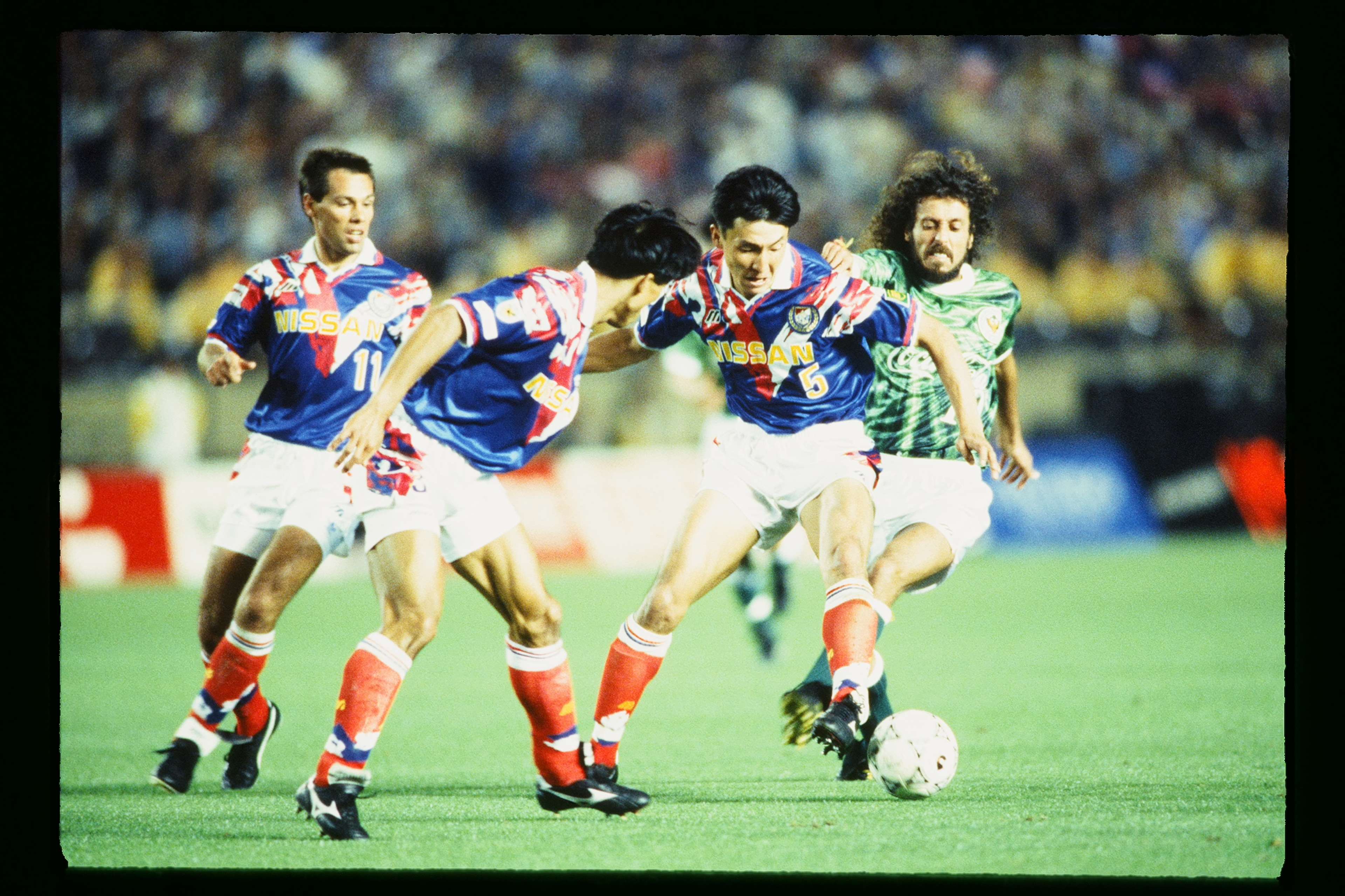
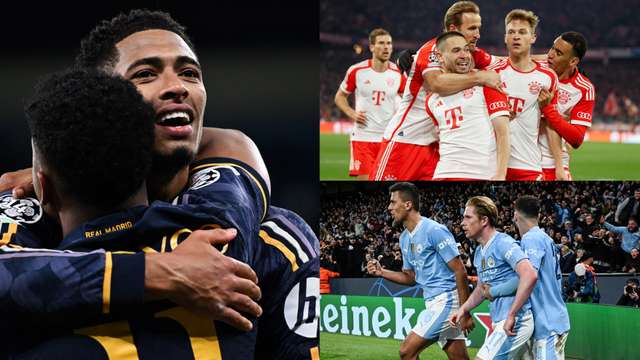
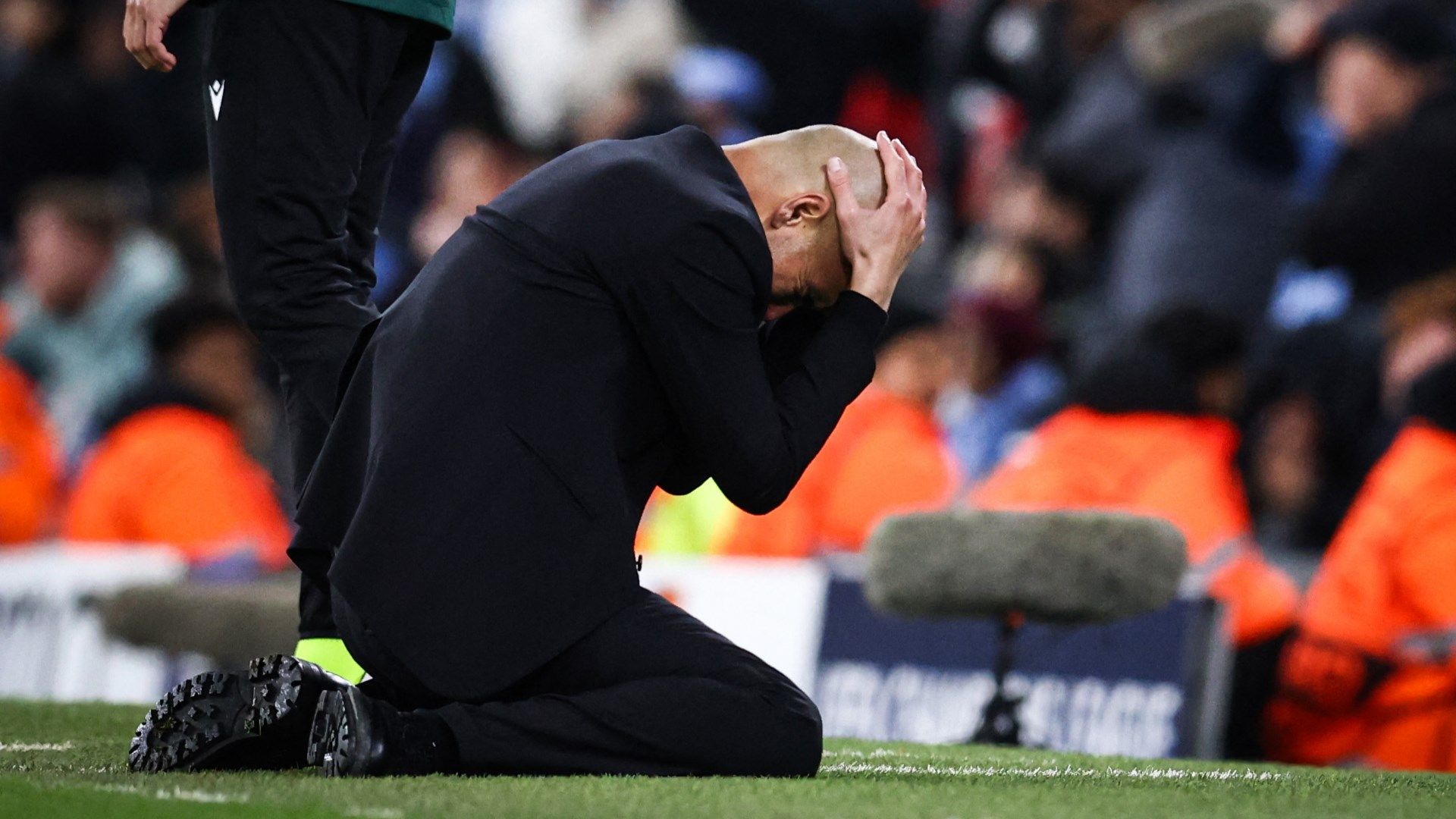.jpg?auto=webp&format=pjpg&width=640&quality=60)
